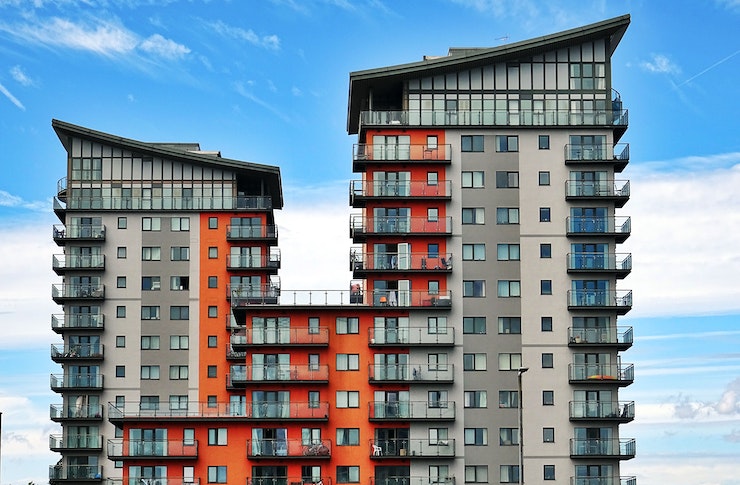Comparing furnished versus unfurnished rental options in Dubai
Choosing between furnished and unfurnished apartments in Dubai has implications for budget, flexibility, and daily life. This overview explains how furnishing affects leases, the rental market, residence types, transport and commute, and long-term investment considerations for residents and expats.

Deciding whether to rent a furnished or unfurnished apartment in Dubai affects more than immediate convenience. Furnished units can reduce setup time and suit shorter stays, while unfurnished apartments often lower recurring costs and allow personalization for long-term residents. These choices intersect with local real estate practices, the rental market dynamics, and building features across highrise and waterfront communities, influencing lease terms, maintenance responsibilities and sustainability choices for tenants and landlords alike.
How does furnishing affect leases and rent?
Furnished apartments typically come with distinct lease structures and pricing compared with unfurnished units. Landlords may offer shorter leases or include certain utilities and maintenance in furnished agreements to appeal to tenants seeking rapid relocation, such as many expats. Conversely, unfurnished rentals often attract longer-term leases, provide tenants greater freedom to furnish sustainably and may result in lower annual rents. When negotiating leases, clarify inventory lists, damage deposits and responsibility for appliance or furniture repairs to avoid disputes later.
What do real estate and the rental market indicate?
Market trends in Dubai’s real estate sector show segmented demand: furnished properties are often preferred for short-term occupancy and serviced living, while unfurnished units appeal to longer-term tenants prioritizing cost control. Rental market fluctuations can affect premiums for furnished units, especially in high-demand neighborhoods. Investors and tenants should monitor vacancy rates and rental indices to understand how furnishing choices influence yield expectations and tenant turnover in different submarkets.
How do residences and amenities compare by location?
Location shapes the value proposition of furnished versus unfurnished residences. Highrise towers in central districts and waterfront developments commonly include extensive amenities—gyms, pools and concierge services—that complement furnished offerings and attract tenants seeking turnkey living. In suburban communities, unfurnished apartments paired with communal amenities may still be attractive for those planning to stay multiple years. Consider how building amenities interact with furnishing needs and whether on-site services offset costs of buying and maintaining furniture.
What should expats consider about community and sustainability?
Expats often prioritize furnished units for predictable move-in timing and reduced logistics, especially when relocating internationally. Community factors—proximity to schools, healthcare and social networks—influence whether a furnished option is worth the premium. Sustainability considerations matter for both furnished and unfurnished choices: selecting energy-efficient appliances, low-impact materials or secondhand furniture can lower long-term utility costs and align with community sustainability initiatives, benefiting both tenants and property managers.
How do transport and commute influence choice?
Transport links and commute times are practical determinants in choosing between furnished and unfurnished apartments. Tenants who prioritize short commutes to business districts may accept higher rent for centrally located furnished apartments in highrise buildings to save travel time. Those commuting from more distant areas might prefer unfurnished options offering lower rent and greater space for home offices or family needs. Evaluate local transport connectivity, parking availability and proximity to everyday services in your area when estimating total monthly cost and lifestyle fit.
Real-world pricing and provider comparison
Cost differences depend on location, lease length and provider type. Long-term unfurnished leases generally reduce monthly rates but require upfront furnishing costs. Short-term furnished rentals through serviced-apartment providers or platforms are priced monthly and can be higher. The table below compares common rental options and representative providers with general cost estimations for typical listings.
| Product/Service | Provider | Cost Estimation |
|---|---|---|
| Furnished 1-bedroom apartment (long-term) | Emaar-managed residences | AED 70,000–120,000 per year |
| Unfurnished 1-bedroom apartment (long-term) | Owner listings / Damac developments | AED 60,000–100,000 per year |
| Short-term furnished studio (monthly) | Serviced apartments / Airbnb hosts | AED 4,000–8,000 per month |
| Unfurnished studio (long-term) | Agency listings (Betterhomes, Bayut) | AED 30,000–55,000 per year |
Prices, rates, or cost estimates mentioned in this article are based on the latest available information but may change over time. Independent research is advised before making financial decisions.
Conclusion Choosing between furnished and unfurnished rentals in Dubai comes down to timing, budget and lifestyle. Furnished apartments offer convenience for short-term stays and quick relocations, while unfurnished units generally offer lower recurring costs and flexibility for personalization. Factor in location, building amenities, commute, lease terms and long-term market trends to determine which option aligns with your needs and financial planning.






